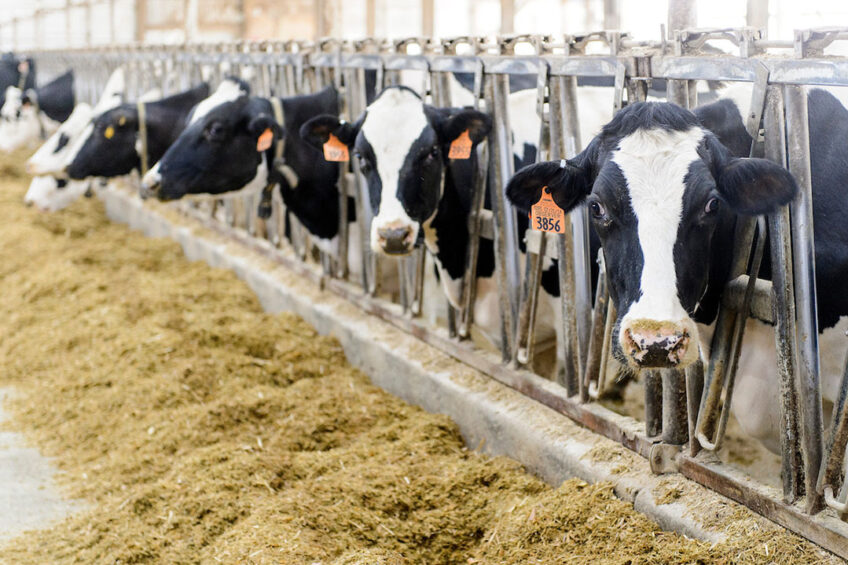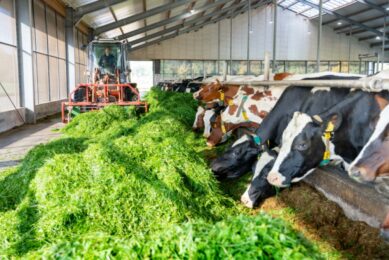Dairy project lowers emissions and boosts profits

A 6-year-long, nationwide research project in the US has concluded with solutions to help the dairy industry reduce greenhouse gas emissions while boosting profitability.
The US$10 million Dairy Coordinated Agricultural Project (Dairy CAP) set out in 2013 to assess the greenhouse gas contributions of the dairy industry and to help farmers meet the industry’s goal to cut emissions 25% by 2020.
University of Wisconsin–Madison professors Matt Ruark and Molly Jahn led the Dairy CAP in collaboration with 7 other universities, the US Department of Agriculture (which also funded the project), and the Innovation Center for US Dairy.
Researchers found that a combination of ideal cow genetics, improved feeding strategies and better manure management could allow dairy farms to significantly cut emissions, while producing more milk with less feed. This increases profits and ensures economic feasibility.
“I think there’s 3 big takeaways,” says Mr Ruark, a professor of soil science. “One, efficiency in milk production leads to reduction in greenhouse gas emissions. Two, reductions in greenhouse gases can be achieved along with reductions in nutrient loss and increases in economic returns. And three, that dairy-based cropping systems can be adaptive to climate change.”

Greenhouse gas emissions
Milk production primarily leads to greenhouse gas emissions through the methane produced in cows’ rumens, during manure storage and spreading, and in association with growing crops for feed. The Dairy CAP team tracked emissions and experimental modifications were followed throughout their entire lifecycles to identify how, for example, feed changes affected not only the production of milk and methane but manure emissions and the growth of crops fertilised with that manure.
Experiments, which were conducted at the UW–Madison Dairy Cattle Center, the Arlington Research Station, the USDA Dairy Forage Research Center in Prairie du Sac, Wisconsin, and at partner institutions, helped refine feed-to-manure computer models of emissions and economic returns for both 150- and 1,500-cow dairy farms.
The benefits from breeding cows for efficient milk production and using the best feed practices, manure handling and cropping systems added up quickly. By implementing best management practices, greenhouse gas emissions will reduce by 36% for a 1,500-cow dairy, according to Mr Ruark. “At the same time, we’re going to reduce nitrogen losses to groundwater by 41%. We’re going to reduce phosphorus losses to surface water by 52%, and we’re going to increase profit 20%.”
Similar practices could drop greenhouse gas emissions by 46% for 150-cow dairy farms, the researchers found.
“The Dairy CAP was a really exciting opportunity to work cooperatively with about 100 scientists all over the country,” says Carolyn Betz, the project manager and author of the final report.
Join 13,000+ subscribers
Subscribe to our newsletter to stay updated about all the need-to-know content in the dairy sector, two times a week.










